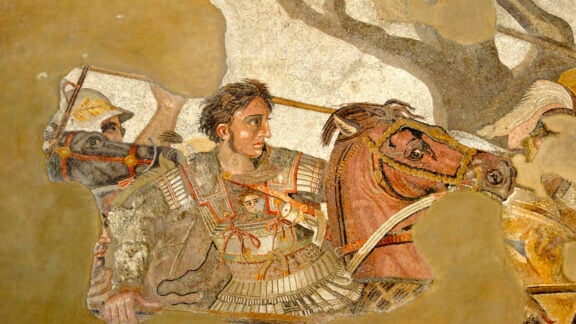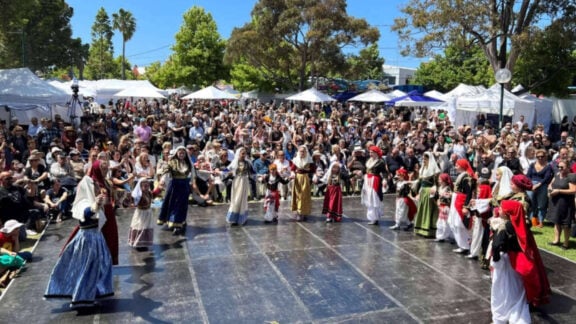According to official data released by Greek Tourism Minister Elena Kountoura at the Seventh Regional Conference for Productive Reconstruction, Crete and the Ionian islands, particularly Zakynthos, Kerkyra and Paxi are among Greece’s winning destinations for 2017. They are popular, they are attracting more tourists, and revenue is rising.
“We have achieved a stronger demand for Greece, which is reflected in the increase in tourist traffic and connectivity. This has been attained through our contacts and negotiations with international tour operators and airlines and is a result of the excellent cooperation we have established with the Ionian Islands Region,” Minister Kountoura expanded while making reference to the Ionian islands’ continuously improving performance.
The data confirms that the Ionian islands have recorded an impressive growth in international arrivals, with extened lengths of tourist stays, and increased tourism-related revenue, following on from 2016 which also saw arrivals increase by than 13 per cent and the total number of international visitors exceed 2.4 million.
A further ten per cent increase in 2017 can be directly attributed to the launch of 30 new connecting flights in the region.
“As an occasional travelling journalist who has visited around 90 per cent of the Greek islands, I am asked ‘what is the best Greek island?’,” travel writer, interpreter and translator Paul Hellander told Neos Kosmos.
“Kerkyra (Corfu) is an unquestionably beautiful and comfortable island and subjectively one of my favourites. There is a dreamy romantic quality to the place that is almost magical or even Disney-esque.
“It is green and clean and things seem miniaturised in a cosy kind of way. It is one of the most unGreek islands if your model of a Greek island is stark, bleached, almost waterless and blindingly blue and white; Kerkyra is green and pastel and if you overlook the busy coastline resorts, its real beauties are hidden in its olive grove-covered hinterlands.
“So I would definitely give Corfu a tick myself,” says Hellander.
“Paxi and its satellite island Antipaxi, on the other hand, please visitors as many Italians and more adventurous Brits have discovered over the years. Its remoteness and lack of mainstream accessibility means that it is relatively undiscovered or at least not so spoiled.
“Winding stone wall-lined roads thread seamlessly across hillsides that are smothered by olive trees while little beaches and pretty fishing ports dot its perimeter. It’s almost an ideal destination.
“Paxi will appeal to people who like a quiet classy holiday away from the crowds and, yes, there is a certain snob element to its appeal,” says the travel writer who doesn’t share the same ideas about the island of Zakynthos.
“Although it is hard to figure out why this particular island topped the list, I can only assume that perhaps it’s the vibe or just a sense that the tourist euro is just that much higher on the locals’ wish list than elsewhere in the Ionian chain,” says Hellander who goes on to describe the beach resort of Laganas as unpleasing in terms of “tackiness and lager lout excess.”
“That is a holiday I can do without, although its rugged northwest coast mollifies somewhat and of course the shipwreck bay and its iconic beach really do stun. However, I cannot say that Zakynthos appeals in the same way that Corfu and Paxi do.
Local media reports also outlined that Minister Kountoura is currently assessing 20 investment proposals for several four- and five-star hotels, a tourism complex project, a regional theme park as well as investigating the options of establishing Corfu as a regional cruising hub.








